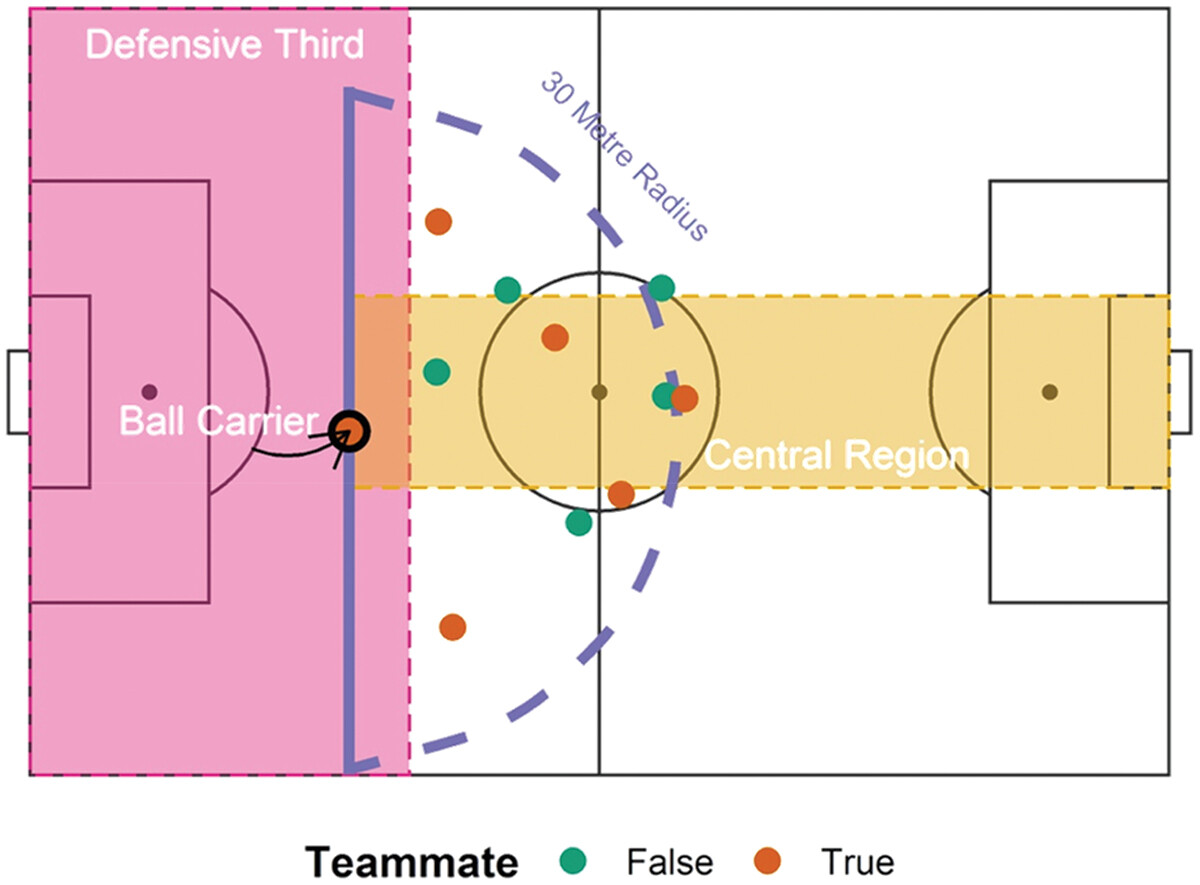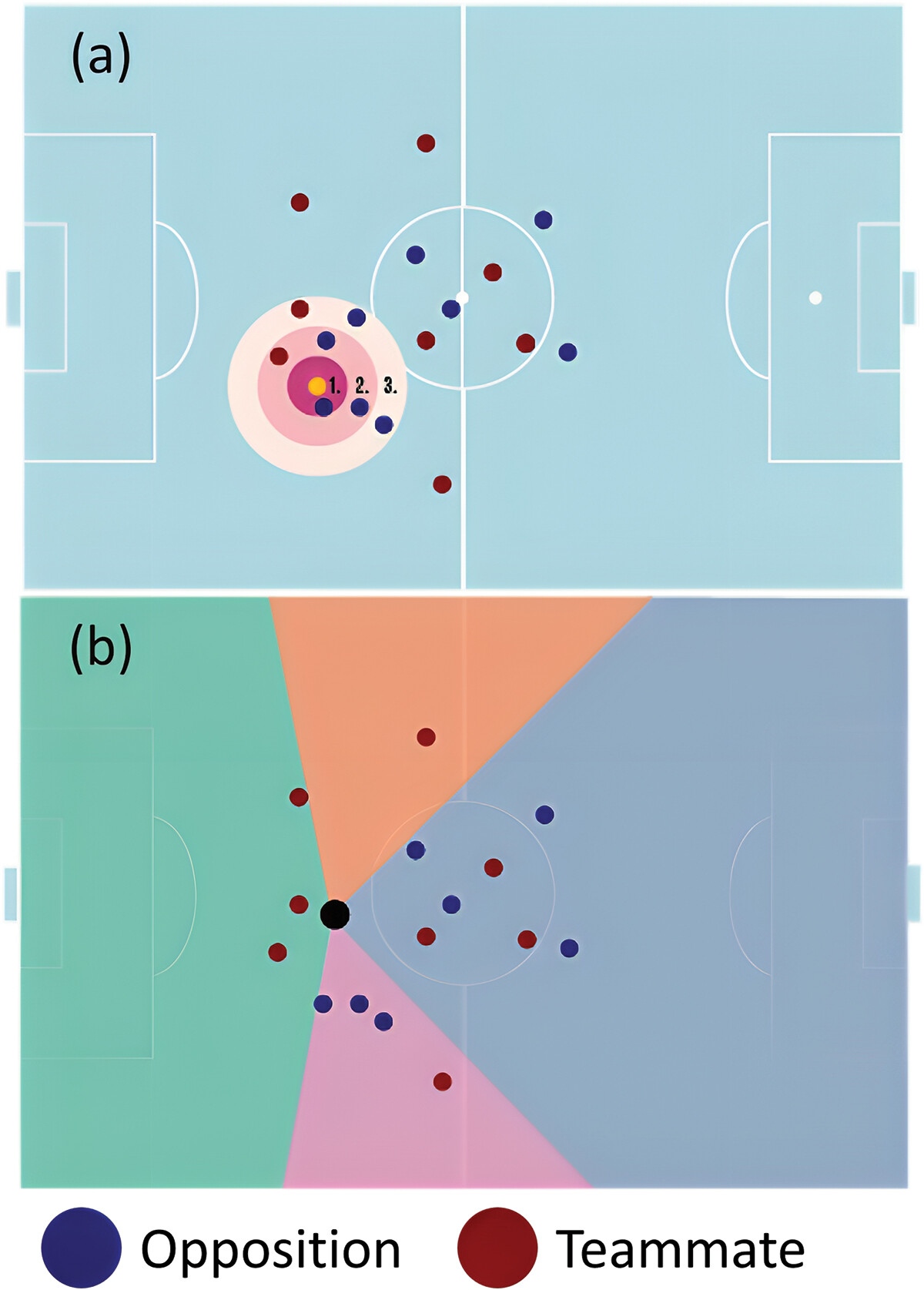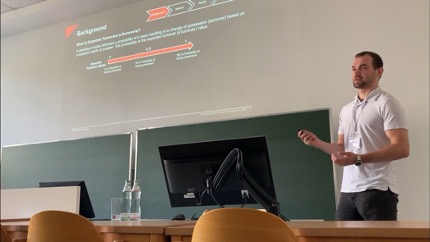Football Analytics
I was fortunate enough to work for Leicester City Football club for 3 years. (→ Professional Experience)
During this time, I was involved in managing back-end and front-end operations for analytics initiatives across the Performance Analysis, Sports Science and Recruitment Departments. I delivered frequent RMarkdown & PDF reports and deployed RShiny & Tableau dashboards acorss all of these departments.
In addition, I investigated the relationship between Rest Defence and Counterpressing (1. Counterpressing in Football), aswell as developed machine learning methods to analyse passing events (2. Modelling Passing in Football).
📚 Publications & Research
This project highlights my research work in football (soccer) analytics, combining machine learning, modelling and data storytelling to provide actionable insights for practitioner coaches and analysts.
Studies below have been peer-reviewed and published in leading sports science journals.
🔄 1. Counterpressing in Football
International Journal of Performance Analysis in Sport (2025)
A rule-based approach to classify counterpressing – analysis of its risks and relationship with rest defence.
Summary:
Defensive Transition was be assessed by measuring counterpressure success against instances of shot and territory (counter-attack) concession.
The number of players occupying the Rest Defence zone was found to have a significant relationship with shot concession (p < 0.05) and territory concession (p < 0.001) following possession loss in the opposition’s final third.

⚽️ 2. Modelling Passing in Football
Journal of Sport Sciences (2024)
Expected Pass Turnovers (xPT) - a machine learning approach to analyse turnovers from passing events in football
Summary:
The aim of this study was to create a novel metric, Expected Pass Turnovers (xPT), that could evaluate possession retention from player-passing events in football.
A logistic mixed-effects model was implemented to attribute the probability of each pass getting turned over. The use of positional data enabled the identification of a) opposition players present in radii surrounding the ball carrier and b) availability of teammates with respect to the ball carrier.

🎤 Conference Presentation
I presented “A Machine Learning Approach to Identify Pressing Targets in Football” at the 13th World Congress of Performance Analysis of Sport (2022).
The talk demonstrated how a machine learning appraoch, that leveraged positional data and visualisation techniques, can help identify pressing triggers and target patterns.
This presentation showcased how applied data science methods can translate directly into actionable insights for elite sports environments.

💡 Insights and Broader Impact
- Data visualisation enables coaches to interpret tactical models quickly and intuitively.
- The combination of spatial and event data will always create models of greater accuracy.